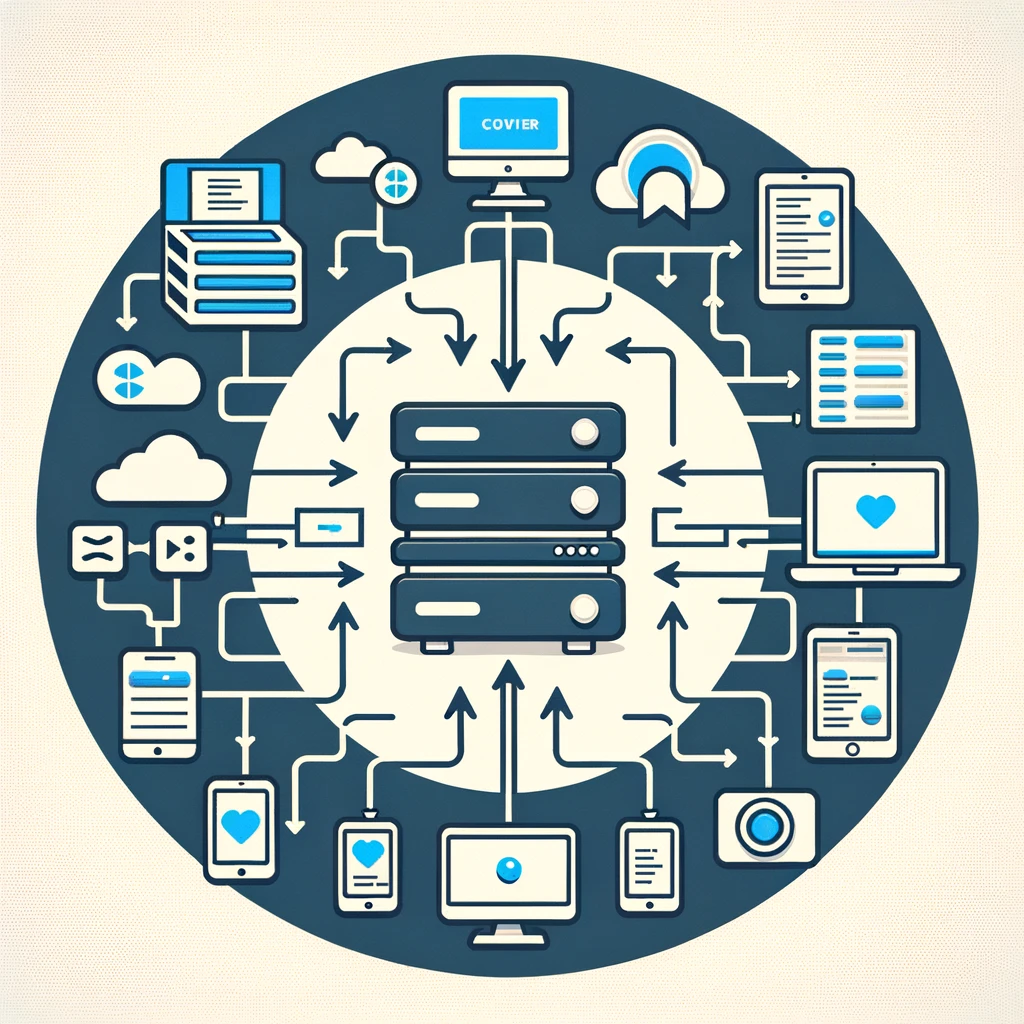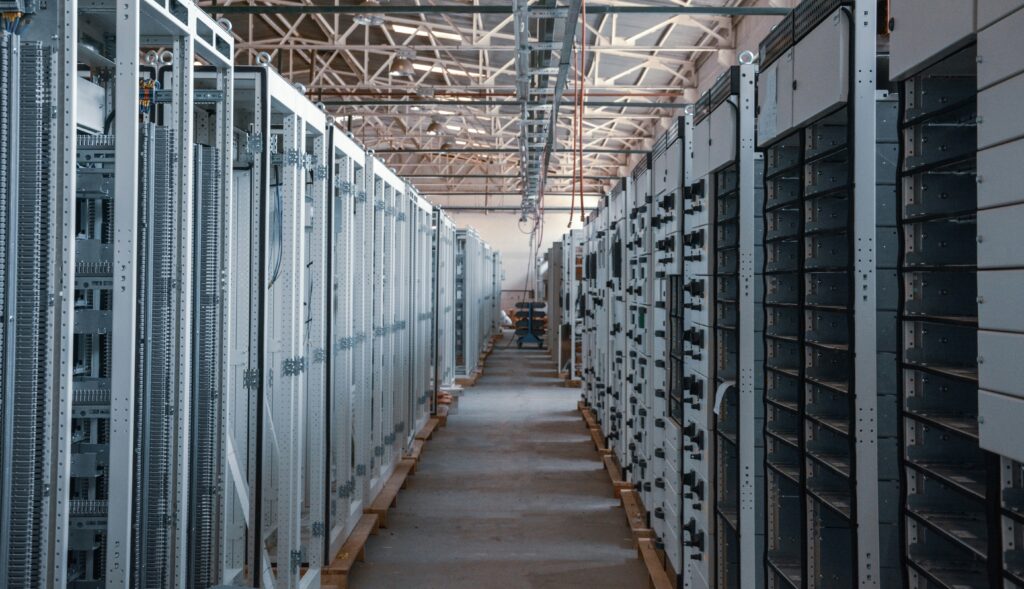When people refer to “server-side,” they are talking about operations, applications, or programs that run on a server, as opposed to on a client device (like a user’s computer or smartphone). This concept is central to web development and networked applications, where a distinction is often made between “server-side” and “client-side” to indicate where the processing or logic of an application occurs. Let’s delve into the details of what “server-side” entails and why it’s important.

Server-Side Basics
The server side, also known as the backend, is where the core functionality of a web application or service is executed. This includes processing user requests, executing application logic, interacting with databases, and managing user data, among other tasks. Server-side operations are performed on a web server, a powerful computer that can handle multiple requests and serve data over the internet or a local network.
Key Characteristics of Server-Side Processing
- Centralized Control: Since the server side controls the main logic and data handling, developers can ensure consistent application behavior and data integrity across different client devices.
- Security: Sensitive operations, like authentication and authorization, data validation, and encryption, are handled on the server side to reduce exposure to security risks.
- Performance and Scalability: By offloading heavy processing tasks to the server, client devices with limited resources can run applications smoothly. Moreover, scaling the application to accommodate more users typically involves upgrading server resources or adding more servers.
- Accessibility and Maintenance: Changes to the server-side application can be deployed without requiring updates on the client side, simplifying maintenance and ensuring all users have access to the latest version.
Server-Side Technologies
A variety of programming languages and technologies are used on the server side, including but not limited to:
- Programming Languages: Python, Java, PHP, Ruby, and Node.js (JavaScript) are among the popular choices for writing server-side logic.
- Database Management Systems: Applications often interact with databases (like MySQL, PostgreSQL, MongoDB) on the server side to store and retrieve data.
- Web Servers: Apache and Nginx are examples of web servers that handle incoming web requests and serve content to clients.
- Frameworks and Libraries: Many server-side programming languages come with frameworks (such as Django for Python, Spring for Java, and Laravel for PHP) that simplify the development of complex applications.

Understanding the “server side” is crucial for anyone involved in developing, deploying, or managing web applications and services. It involves all the processes and operations that take place on a server to fulfill requests made by client devices. By focusing on server-side efficiency, security, and scalability, developers can build robust applications that provide a seamless experience to end-users, regardless of their device capabilities. As technology evolves, so too do the possibilities and methodologies of server-side computing, making it a continually exciting and challenging field.
